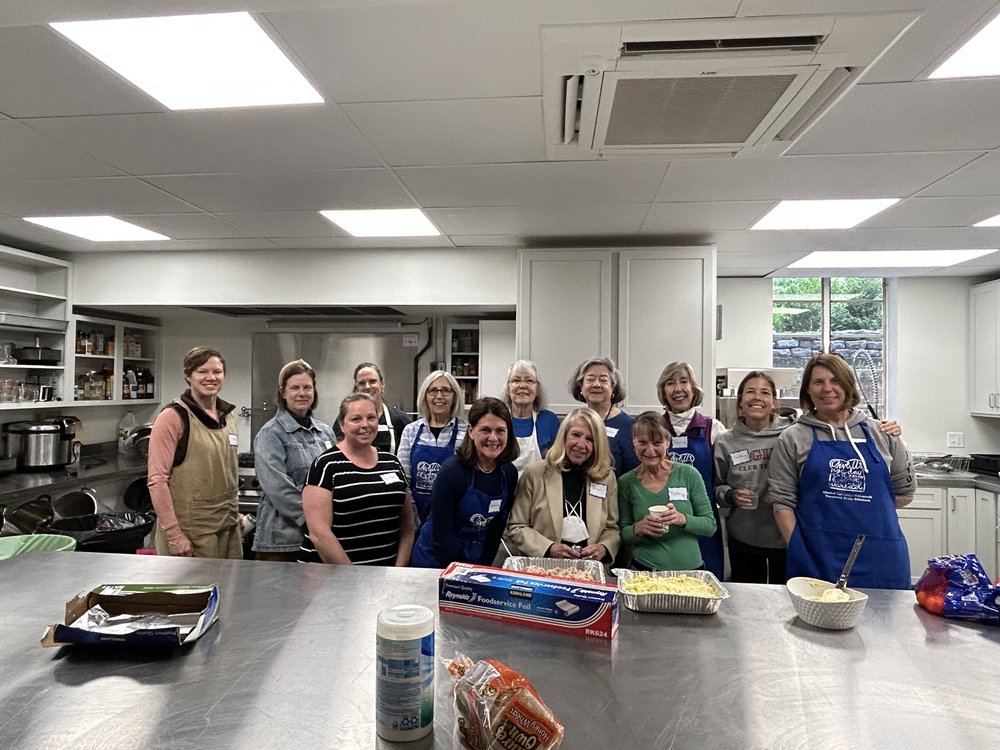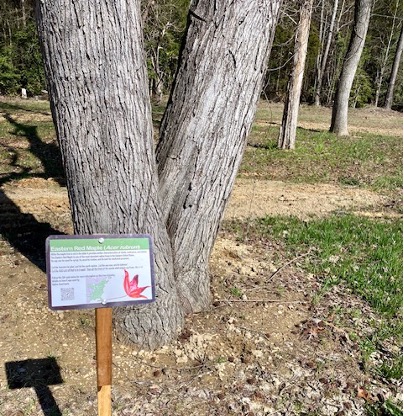
Love Jesus. Embody justice. Be disciples.
Stories from the Diocese
Northern Neck Region Hosts Safe Church Training
Early this morning, over 25 folks gathered at St. Stephen’s, Heathsville to participate in a Regional Safe Church Training Event using a hybrid approach of in-person and online training using the Praesidium platform.
Christ Church, Charlottesville, Offers Free Weekly Lunches to the Community
Christ Church has been serving the downtown Charlottesville area for over 30 years through the Christ Church Community Lunch. Church volunteers prepare and serve a nourishing meal every Tuesday to all who walk through their doors.
Trail Links to Bible and Native American History
St. Peter's Episcopal Church recently opened a "Trees of the Bible" walking trail. St. Peter’s Rector, The Very Rev. Rodney E. Gordon said the trail allows walkers to explore the natural beauty of the area while learning about the significance of its trees in both the Bible and American history.
St. Paul’s Seeking Episcopal Students for Scholarships to UVA
CHARLOTTESVILLE, VA - St. Paul’s Memorial Church is seeking Episcopal students at The University of Virginia to apply for Episcopal Church Leadership Scholarships. The Rev. Dr. Peter Kang, UVA chaplain at St. Paul’s said up to $300,000 in $5,000 and $20,000...
Upcoming Events
The Episcopal Church Women of the Diocese of Virginia Spring Meeting
The Episcopal Church Women of the Diocese of Virginia Spring Meeting
Theme: “Created in Christ Jesus for good work” Ephesians 2:10. Guest Speaker: Tyler Wallace, Outreach and Prevention Coordinator, Safe Harbor.
2024 Koinonia Lecture: Faith and Advocacy on Death Row
2024 Koinonia Lecture: Faith and Advocacy on Death Row
On Sunday, April 28, at 5:30 p.m., the Rev. Dr. Jennifer M. McBride will deliver the 2024 Koinonia Lecture at St. Paul's Memorial Church entitled Faith and Advocacy on Death Row.
Spring Clergy Retreat 2024
Spring Clergy Retreat 2024
Facilitator: The Rev. Dr. Luke A. Powery, Dean of Duke University Chapel and Professor of Homiletics and African and African American Studies.
The Church as Movement
The Church as Movement
Author, Speaker, and National Director of the V3 Church Planting Movement, JR Woodward, will invite us to consider why our current paradigms of Church need to change and offer guidance on ways to bring about such change.
News Releases
An Update on the Wildfires in the Shenandoah and Fort Valleys
As of Wednesday afternoon there are wildfires affecting areas within our diocese, including Shenandoah County, Page County, Shenandoah National Park and Valley, and Fort Valley. The Very Rev. Kathleen Murray, Rector of St. Andrew’s Episcopal Church in Mount Jackson...
New Archdeacon Appointed as Bishop Seeks to Grow Diaconate
The Rt. Rev’d E. Mark Stevenson says Fredrico Garza will collaborate with Archdeacon Holly Hanback to shepherd and grow the number of deacons in The Diocese of Virgina.
Bishop Harris Ordains Three New Deacons at St. Paul’s, Alexandria
On March 16, Bishop Harris ordained three new deacons at St. Paul’s Alexandria. God willing, these deacons will become priests in the summer of 2024.




